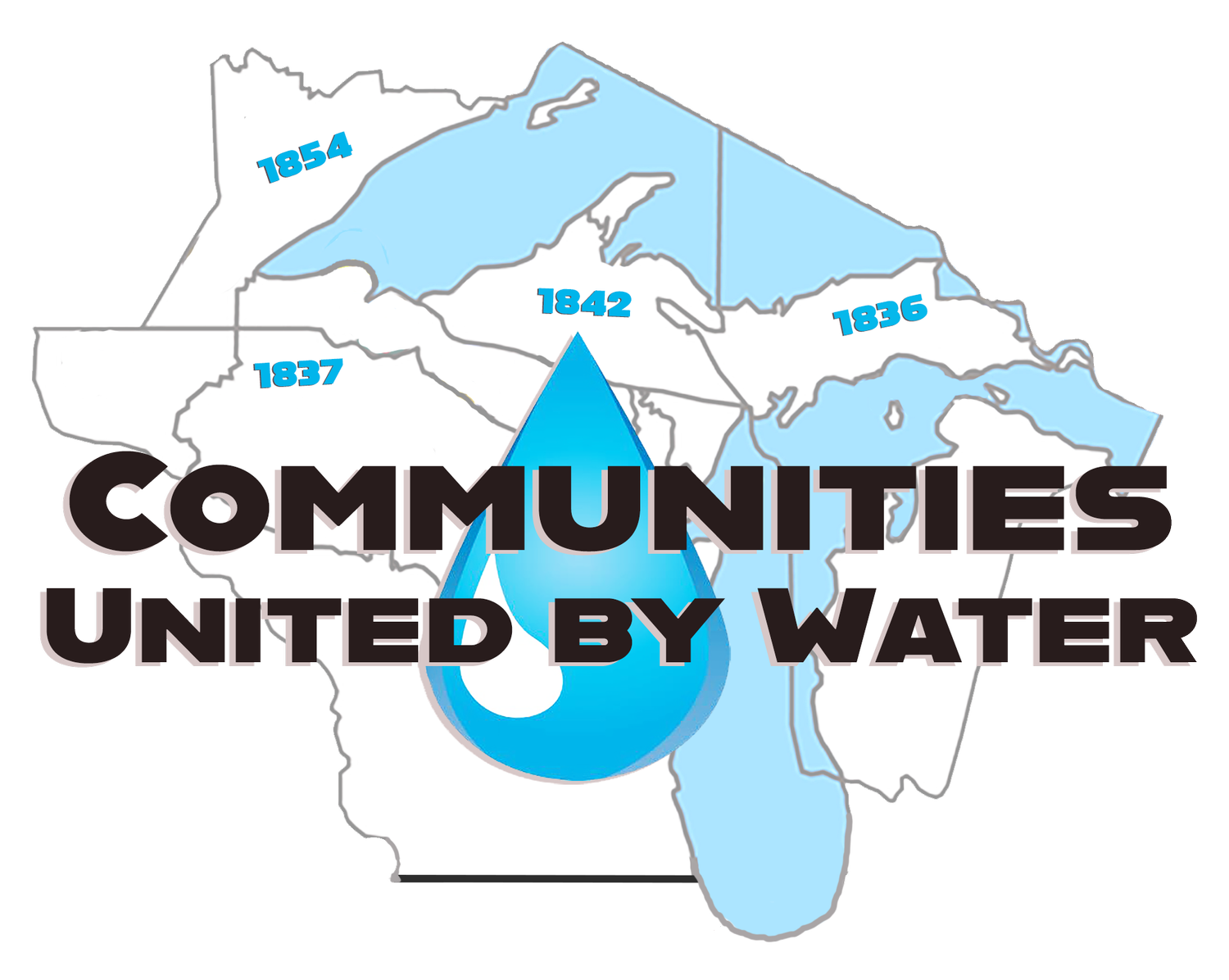Wildlife at risk from PFAS exposure
The toxic "forever chemicals" known as PFAS pollute the air, water and soil, exposing people and animals alike to potential health harms. This first-of-its-kind map provides a window into the extent globally of the contamination crisis facing wildlife, – and suggesting PFAS likely pose a risk to wildlife everywhere.
INTERACTIVE MAP HERE
To create the map, EWG undertook a landmark effort to catalog 125 peer-reviewed scientific studies documenting PFAS contamination of wildlife. Hundreds of other studies of PFAS contamination of wildlife have been completed and not yet cataloged.
This work builds on a previous map, released in January, that for the first time showed how PFAS are contaminating U.S. freshwater fish from coast to coast. Our research showed that PFAS levels are so high in most freshwater fish that even infrequent consumption would increase the amount of PFAS in a person.
The fact scientists are finding PFAS in species sampled everywhere should concern anyone – wherever we look for these forever chemicals, we find them. Further testing would likely reveal similar exposure for wildlife in locations not highlighted on this map, since the PFAS pollution is a truly global crisis.
How to use the map
Click on any circular point on the map to see key details about the contamination of wildlife by PFAS, starting with the genus – the classification of affected wildlife, such as eels – and their animal group. In this example, it would be fish. You’ll see which PFAS chemicals have been detected in that type of wildlife, along with links to the research and information about when it was conducted.
Triangles on the map indicate that an affected species has been classified as critically endangered, endangered, vulnerable or near-threatened by the International Union for Conservation of Nature.
Use the color-coded map key to find out about PFAS in wildlife contamination for amphibians, aquatic mammals, birds, fish, large and small mammals, reptiles and other species.
All locations on the map should be considered approximate, with location information coming from data provided within peer-reviewed studies. EWG used latitude and longitude sampling locations if they were available. When we didn’t have exact locations, we translated the published maps of sampled locations to latitude and longitude using Google Maps.
The map only shows areas where PFAS testing has occurred, and it’s not meant to be exhaustive. The lack of a point on the map does not indicate that the location is free from PFAS contamination. Indeed, the opposite is likely true: wherever testing is done for these forever chemicals, they are found.
Updates: Notice a study not shown on the map or a correction that should be made? Please contribute by providing details using this online form. Studies provided through the form will be periodically added to the map after EWG review. Updates to the bibliography will occur more frequently.
A bibliography of studies shown on the map and documenting PFAS contamination of wildlife is available here.
Requests to reproduce EWG data: The Environmental Working Group welcomes requests to reproduce EWG PFAS data for peer-reviewed articles in scientific journals. To request permission, please email a completed EWG Materials Request Form to permissionrequests@ewg.org. EWG reviews requests on a case-by-case basis and reserves the right to approve or deny permission at EWG’s sole discretion.
Disclaimer: EWG has worked to ensure the accuracy of the information provided in this map. The map is dynamic. This contaminant site, results, suspected sources and other information in the database may change based on evolving science, new information or other factors. Please be advised that this information frequently relies on data obtained from many sources, and accordingly, EWG cannot guarantee the accuracy of the information provided or any analysis based thereon.


